
Fra i siti storici disseminati lungo le marine di Nardò un luogo importante riveste la grotta Capelvenere, abitata in un larghissimo elastico di tempo, dal Paleolitico sino a età Messapica.
La cavità naturale si apre a 16 metri sul livello del mare, in località Santa Caterina. Al suo interno sono state condotte negli anni diverse campagne di scavo (dal 1961 al 1975). Le indagini hanno evidenziato una sequenza stratigrafica estremamente articolata, sebbene le acque carsiche abbiamo asportato i sedimenti più antichi. A partire da quest’ultima fase (Paleolitico Medio Avanzato, 50.000 anni fa) la grotta fu saltuariamente visitata dall’uomo, come attestato dal rinvenimento di vari reperti del periodo.
The cavity is found at 16 m above sea level on a small limestone promontory situated along the road linking Torre dell’Alto with the modern town of Santa Caterina (Nardò). A number of the excavation campaigns have been conducted in the cave over the years (1961-1975), headed by Edoardo Borzatti von Lowenstern of the Italian Istitute of Pre-and-proto history. The archaeological reserch has discovered an extremely complex stratigraphical sequence, although subterranean karst waters have washed away the most ancient sediments, which date back to the Wurm II glacial period. From that time onwards (Advanced Middle Palaeolithic, about 50.000 years BP), the cave was intermittently occupied by human beings, as shown by the discovery of Mousterian artefacts and Smooth Clam shells.
Al medesimo periodo è da riferire un primo molare superiore destro di Homo sapiens neandertalensis. Edoardo Borzatti (lo studioso che qui lavorò) segnalò la presenza di selci paleolitiche anche nell’area esterna alla grotta, nel tratto compreso fra le torri costiere dell’Alto e di Uluzzo.
La grotta di Capelvenere come si doveva presentare agli uomini del Paleolitico Medio (i triangolini rappresentano la breccia di frizione. The cave of Capelvenere as it would have appeared to the human inhabitants of the area in the Middle Palaeolithic (the triangles represent Mylonite).
Circa 4000-4500 anni fa nel detrito di falda si è aperto un pertugio che ha permesso l’accesso nella grotta ai neolitici. About 4000-4500 years ago a hole opened up in the detritus of the aquifer which enabled neolithic humans to gain access to the cave.
Una frana ostruisce completamente l’ingresso della grotta. Siamo tra la fine della fase catastadiale e gli inizi dell’interstadio Wurm II – Wurm III (Bordes F.). A land slide completely obstructs the entrance to the cave. This occurred around the end of the catastadial phase and beginning of the interstadial phase, i.e., Wurm II – Wurm III (Bordes F.).
La grotta di Capelvenere come si presenta ora ( i triangoli rappresentano la breccia di frizione, i cerchietti il conglomerato tirreniano). The cave of Capelvenere today (the triangles represent Mylonite and the circles Tyrrhenian conglomerate).
Successivamente, intorno ai 35.000 anni fa una frana ostruì l’ingresso della grotta impedendone la frequentazione umana sino agli ultimi millenni a.C. Tra la fine della preistoria e la piena età storica la grotta fu intensamente utilizzata per scopi cultuali e forse anche sepolcrali. Indizi in tal senso sono desumibili dalla distruzione di una probabile tomba dell’età del Bronzo durante recenti lavori di sbancamento, dallo sporadico rinvenimento di resti ossei umani e dalla pregnante caratterizzazione rituale delle giaciture che occupano la parte intermedia del deposito. Nell’ambito di questi livelli sono stati distinti diversi accumuli cinerosi di notevole spessore, contenenti ceramiche protostoriche d’impasto anche di buona fattura, pregiata ceramica figulina dell’Età del Ferro dipinta con motivi geometrici, materiale ceramico e statuine databili tra V e IV secolo a.C. e abbondanti resti faunistici. Da segnalare anche la notevole presenza di resti di coniglio selvatico in tutti gli strati indagati. La parte sommitale della sequenza stratigrafica della grotta risultava ampiamente da scavi di età medievale.
Belonging to the same period is an upper molar of Home Sapiens neandertalensis. Borzatti also found palaeolithic flints outside the fortifications, in the area between the towers of Torre dell’Alto and Torre Uluzzo. Subsequently, around 35.000 years ago, a landslide blocked off the entrance to the cave, preventing humans from using it until recent millennia. After it became possible to enter the cave again, from the late prehistoric period until ancient times the cave was used intensely for religious purposes and perhaps also for burials. Evidence for this emerges from the destruction of what was probably a Bronze-age tomb during recent digging works, the sporadic discovery of human osteological remains and the apparently ritual nature of the materials found in the intermediate part of the deposits. In these levels a number of distinct accumulations of ash, some of considerable thickness, were discovered. They contain proto-historic ceramics, high-quality pots from the Iron Age painted with geometric motifs, other ceramics and abundant remains of fauna. The remains of wild rabbits are also frequent in all the studied layers. The most ancient deposits are also characterised by a marked heterogeneity of species. The upper part of the stratigraphic sequence of Grotta Capelvenere was found to have been significantly disturbed by excavations in the medieval and post-medieval period. Specifically, at some time in the recent past, the inner walls and the flooring were modified a number of times to allow the cave to house a Nativity Scene.
Durante la mia visita in questa grotta ho provato una sensazione difficilmente esprimibile, respirando quell’aria fra quelle rocce, e l’odore della pineta fuori, affacciandomi sul mare che c’è di sotto. Poi vidi mia moglie che si era seduta su una pietra, proprio all’ingresso della grotta, e allattava la nostra bambina. E così è stato come poter rivedere gli antenati, che con le spalle rivolte alla grotta, curavano i figli, con lo sguardo vigile verso il basso, con tutti e cinque i sensi tirati al massimo. Una condizione che noi uomini di oggi non possiamo più vivere con quella intensità.
During my visit to this cave I experienced a sensation that is difficult to express, breathing that air between those rocks, and the smell of the pine forest outside, looking out over the sea below. Then I saw my wife sitting on a stone, right at the entrance to the cave, and nursing our baby. And so it was like being able to see the ancestors, who with their backs turned to the cave, looked after their children, with a watchful gaze downwards, with all five senses stretched to the maximum. A condition that we men of today can no longer live with that intensity.
(Le notizie e i grafici sono tratti dal pannello informativo posto presso la grotta. The news and graphics are taken from the information panel located at the cave).
© Questo sito web non ha scopo di lucro, non userà mai banner pubblicitari, si basa solo sul mio impegno personale e su alcuni reportage che mi donano gli amici, tutti i costi vivi sono a mio carico (spostamenti fra le città del territorio salentino e italiano, spese di gestione del sito e il dominio). Se lo avete apprezzato e ritenete di potermi dare una mano a produrre sempre nuovi reportage, mi farà piacere se acquisterete i miei romanzi (trovate i titoli a questa pagina). Tutto ciò che compare sul sito, soprattutto le immagini, non può essere usato in altri contesti che non abbiano altro scopo se non quello gratuito di diffusione di storia, arte e cultura. Come dice la Legge Franceschini, le immagini dei Beni Culturali possono essere divulgate, purché il contenitore non abbia fini commerciali. I diritti dei beni ecclesiastici sono delle varie parrocchie, e le foto presenti in questo sito sono sempre state scattate dopo permesso verbale, e in generale sono tutte marchiate col logo di questo sito unicamente per impedire che esse finiscano scaricate (come da me spesso scoperto) e utilizzate su altri siti o riviste a carattere commerciale. Per quanto riguarda le foto scattate in campagne e masserie abbandonate, se qualche proprietario ne riscontra qualcuna che ritiene far cancellare da questo blog (laddove non c’erano cartelli o muri che distinguessero terreno pubblico da quello privato, non ce ne siamo accorti) è pregato (come chiunque altro voglia segnalare rettifiche) di contattarci alla mail info@salentoacolory.it















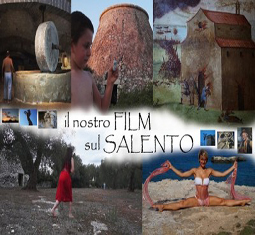
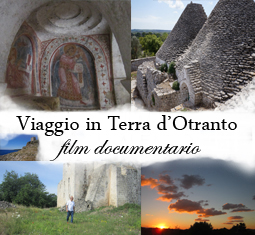

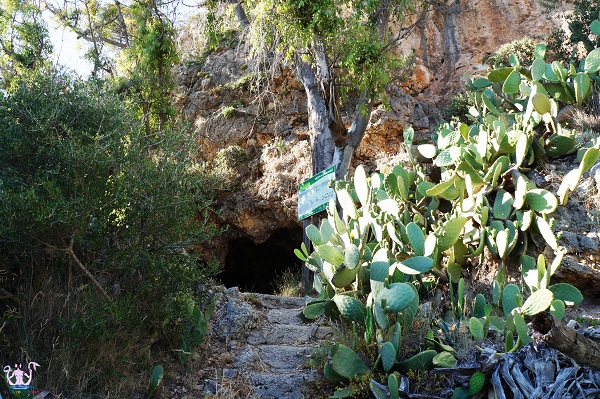
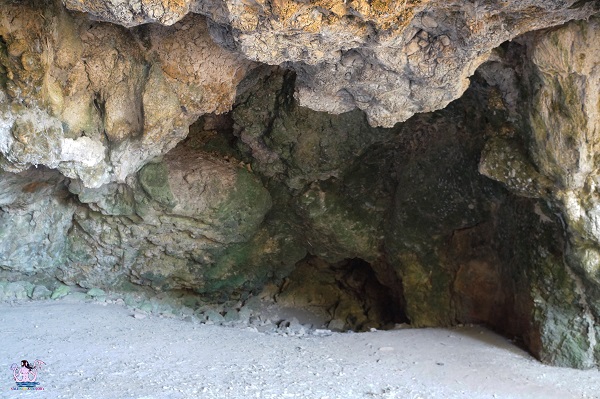




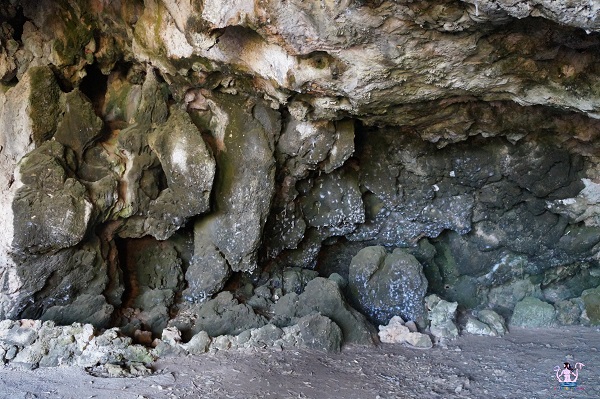

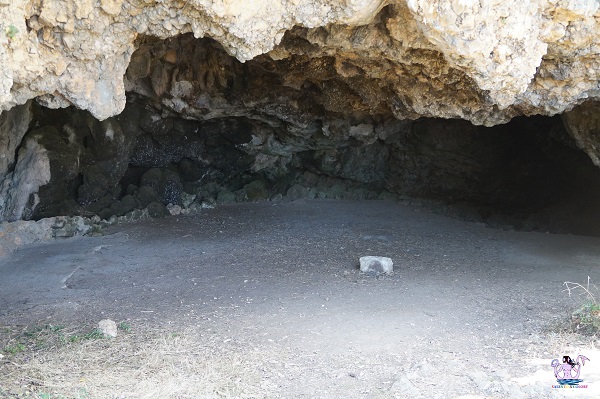
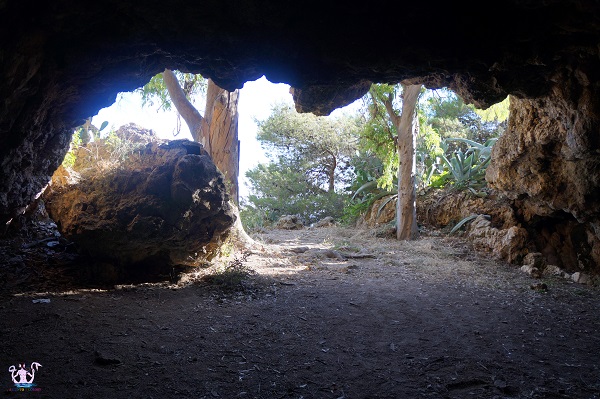
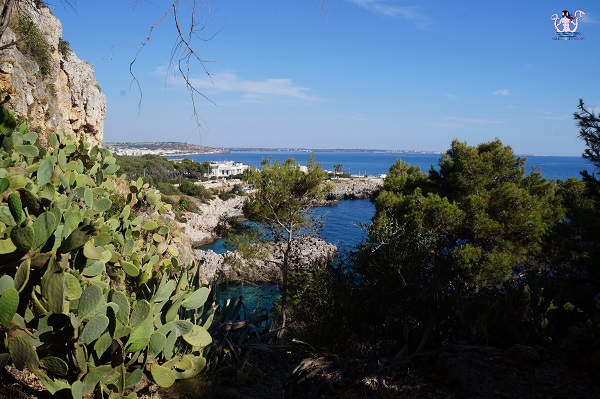


Leave a reply